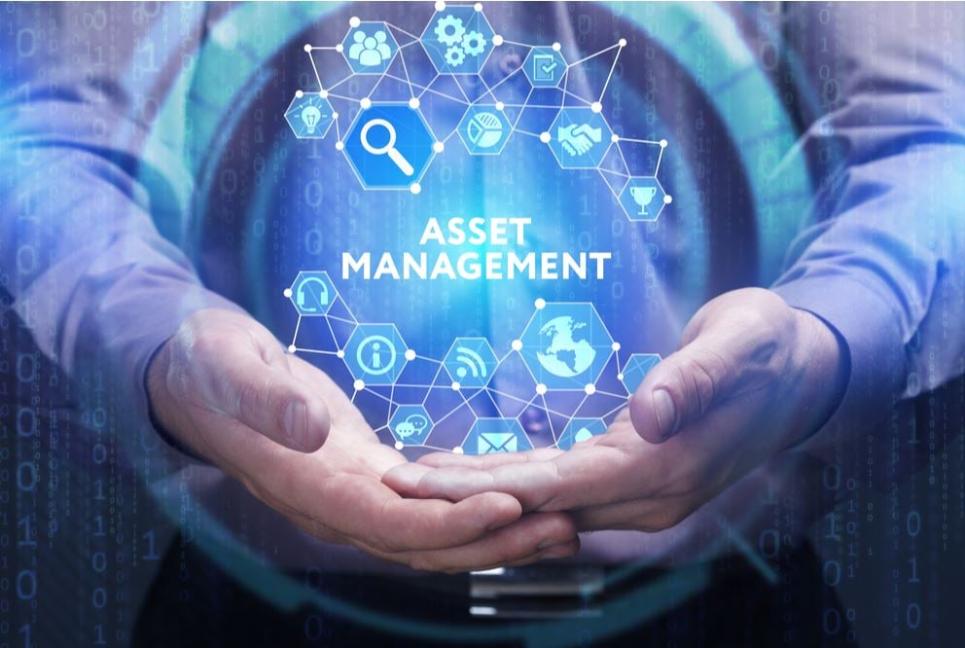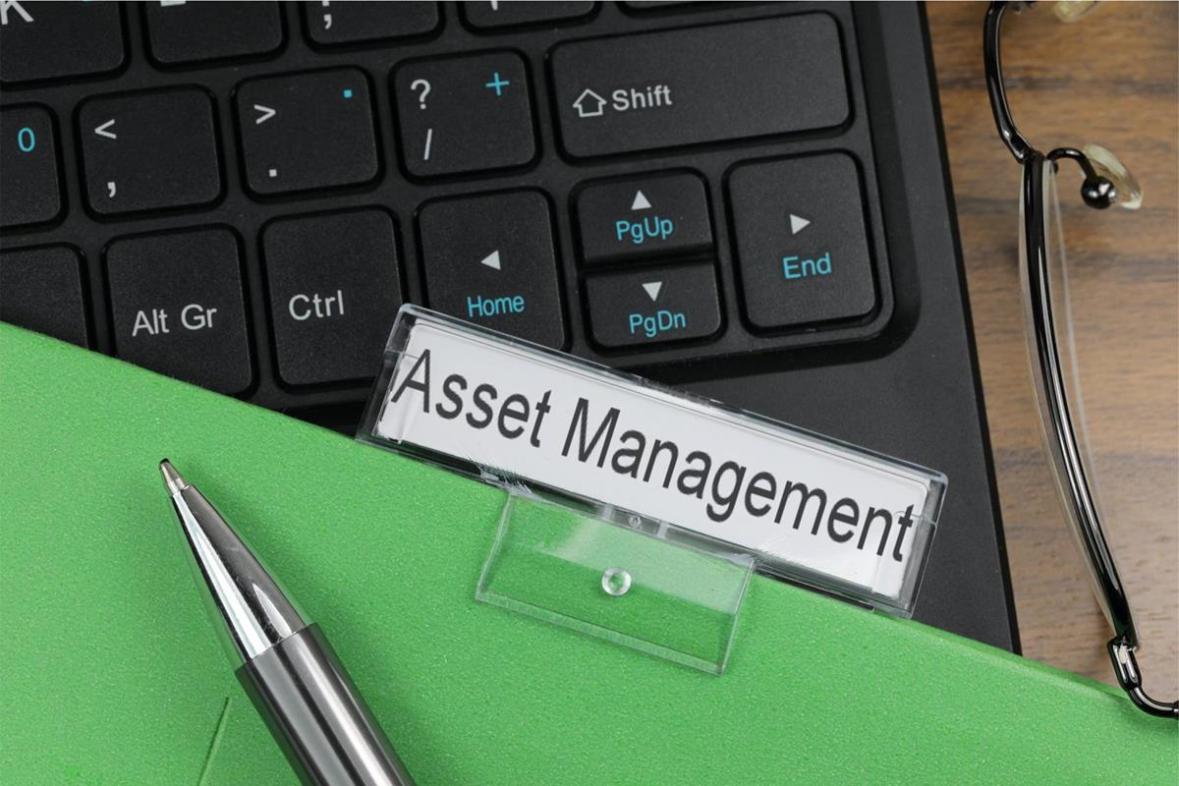How Can I Leverage IT Asset Management to Enhance Security and Minimize Risks?
In today's digital age, organizations face a growing threat landscape that demands robust security measures. IT asset management (ITAM) plays a crucial role in enhancing security and minimizing risks by providing centralized visibility, control, and management of IT assets across the organization.

I. Understanding IT Asset Management:
A) Defining IT Assets:
IT assets encompass all hardware, software, cloud resources, and other digital components that are essential for an organization's operations. These assets can be physical (e.g., servers, laptops) or virtual (e.g., software licenses, cloud services).
B) Importance Of Accurate IT Asset Inventory:
Maintaining an accurate and up-to-date IT asset inventory is vital for effective ITAM. This inventory provides a comprehensive view of all IT assets, their locations, configurations, and ownership information.
C) Benefits Of Effective ITAM Practices:
- Improved security and risk management
- Enhanced compliance with regulations and standards
- Optimized IT asset utilization and cost savings
- Streamlined IT operations and decision-making
II. ITAM's Contribution To Security Enhancement:
A) Centralized Visibility And Control:
ITAM provides a centralized view of all IT assets across the organization, enabling efficient management and monitoring. This centralized control helps identify and address security vulnerabilities and risks more effectively.
B) Asset Lifecycle Management:

ITAM tracks IT assets throughout their lifecycle, from acquisition and deployment to maintenance and retirement. This lifecycle management helps identify and address vulnerabilities during each stage, reducing the risk of security breaches.
C) Software License Management:
ITAM plays a crucial role in managing software licenses and ensuring compliance. Proper license management prevents unauthorized software usage, reduces security risks associated with unlicensed software, and ensures compliance with software license agreements.
III. Minimizing Risks Through ITAM:
A) Risk Identification And Assessment:

ITAM facilitates the identification and assessment of IT asset-related risks. By analyzing IT asset data, organizations can prioritize risks based on their potential impact and likelihood, enabling focused risk mitigation efforts.
B) Vulnerability Management:
ITAM helps identify and patch vulnerabilities in IT assets. Automated vulnerability scanning and patching processes ensure that vulnerabilities are addressed promptly, reducing the risk of exploitation by attackers.
C) Incident Response And Recovery:
ITAM enables faster incident response by providing detailed information about affected assets. This information helps incident response teams quickly identify the scope of the incident and take appropriate containment and remediation measures. Additionally, ITAM facilitates efficient recovery by providing a comprehensive asset inventory, enabling the restoration of affected assets.
IV. Best Practices For Effective ITAM:
- Establish clear ITAM policies and procedures.
- Utilize ITAM tools and technologies to automate and streamline ITAM processes.
- Conduct regular IT asset audits to ensure accuracy and completeness of the IT asset inventory.
- Continuously monitor and update the IT asset inventory to reflect changes in the IT environment.
V. Conclusion:
Leveraging IT asset management is essential for organizations to enhance security and minimize risks in the face of growing cyber threats. By implementing effective ITAM practices, organizations can gain centralized visibility and control over IT assets, manage software licenses effectively, identify and address vulnerabilities, and respond to incidents promptly. Adopting a proactive approach to ITAM empowers organizations to protect their valuable assets and maintain a secure IT environment.
YesNo

Leave a Reply